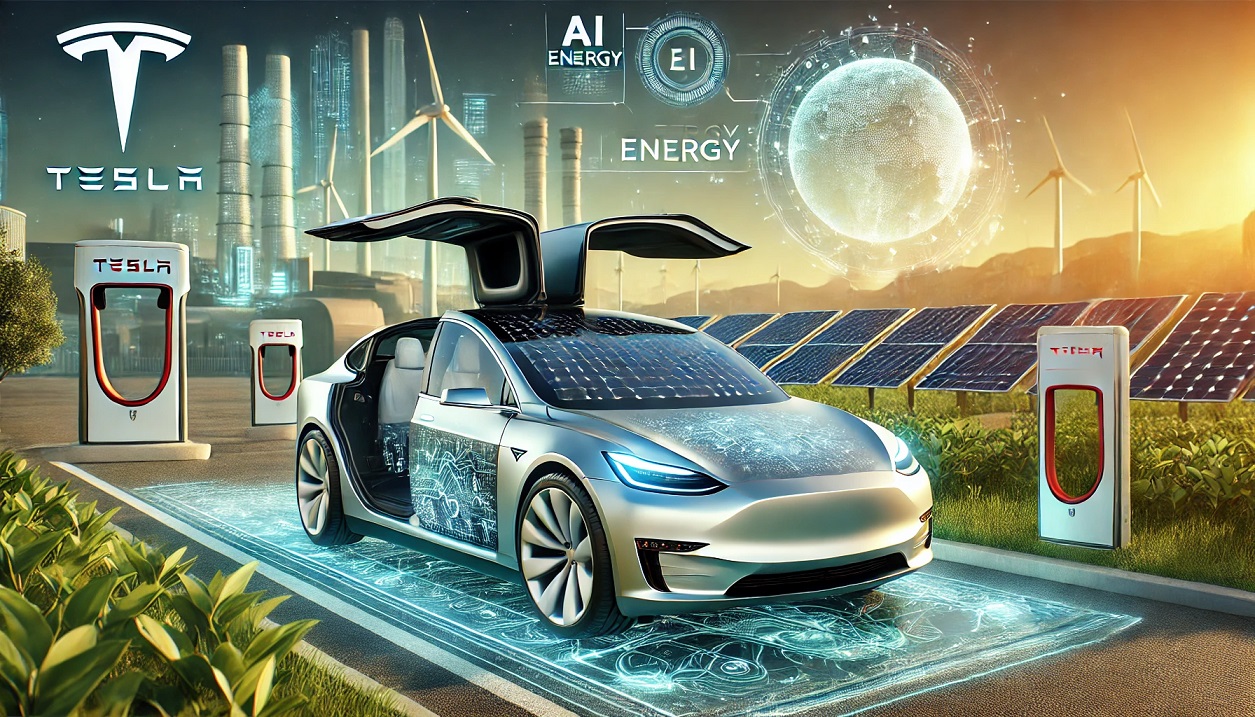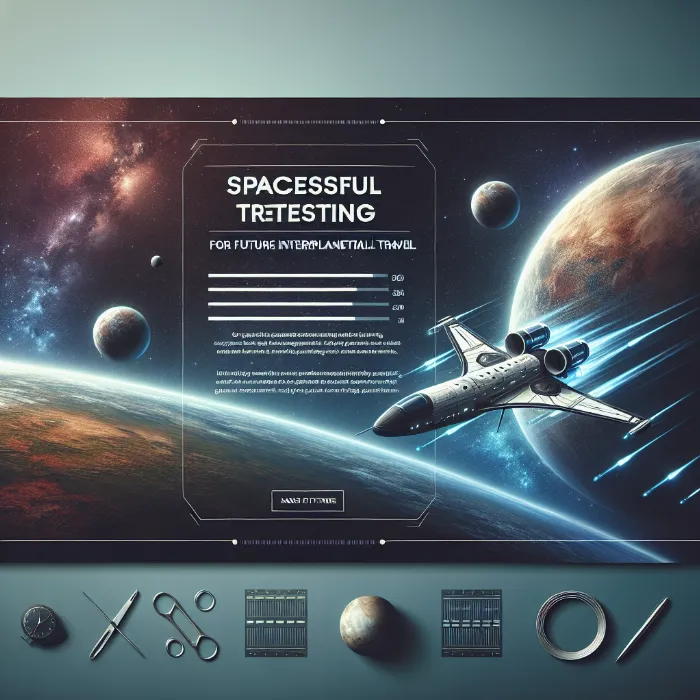Elon Musk’s SpaceX has announced ambitious plans to send its Starship spacecraft to Mars by late 2026. This groundbreaking mission aims to pave the way for human colonization, leveraging cutting-edge technology to make interplanetary travel a reality. 🚀🌍🔥
A Giant Leap Toward Mars
The dream of interplanetary travel is no longer science fiction. SpaceX, led by Elon Musk, has officially announced plans to send a crewed mission to Mars by late 2026. The mission will utilize the Starship rocket, the most powerful spacecraft ever built, to pave the way for human colonization on the Red Planet.
This development marks a historic milestone in space exploration and has the potential to reshape humanity’s future.
🌍 Why is This Mission Significant?
SpaceX's Mars mission isn't just about reaching another planet; it represents:
- The First Crewed Mission to Mars – A giant leap for humanity.
- Interplanetary Colonization – A step toward making humans a multi-planetary species.
- Advanced Space Technology – Testing the limits of reusable spacecraft.
- Commercial Space Travel Boom – Opening up new opportunities for businesses and governments.
🚀 Starship: The Key to Reaching Mars
🔹 What Makes Starship Revolutionary?
The Starship rocket is a fully reusable, next-generation spacecraft designed to transport humans and cargo to Mars and beyond.
🔹 Key Features of Starship:
✅ Super Heavy Booster – Powerful launch system for deep space missions.
✅ 100% Reusability – Designed to land and relaunch multiple times.
✅ Largest Payload Capacity – Can carry 100+ passengers or large cargo.
✅ Refueling in Orbit – Enables long-distance travel with efficiency.
🚀 Starship’s Latest Test Flights
SpaceX has already conducted multiple test flights, with recent versions of Starship successfully launching, reentering, and landing. The next major milestone is a fully crewed test, expected in 2025, before the Mars mission launch window in 2026.
🌌 Timeline for Mars Mission
✅ 2025: Final testing of Starship with human passengers.
✅ 2026: Crewed mission to Mars scheduled for launch.
✅ 2027-2030: Establishment of a permanent base for research and future missions.
🔥 Challenges of a Manned Mars Mission
While the idea of a Mars colony is exciting, several challenges need to be addressed:
⚠️ Radiation Exposure – Prolonged exposure to cosmic rays.
⚠️ Life Support Systems – Ensuring food, water, and oxygen for long durations.
⚠️ Safe Landing & Return – High-risk landing and departure strategies.
⚠️ Psychological Effects – Mental health impact of isolation and distance from Earth.
SpaceX is working with NASA and other experts to overcome these obstacles and make interplanetary travel a reality.
🌍 How Will This Impact the Future?
🔹 Benefits of a Successful Mars Mission
✅ New Era of Space Exploration – Opens doors for future missions to the Moon and beyond.
✅ Technological Advancements – Innovations in AI, robotics, and energy.
✅ Economic Growth – Space tourism, asteroid mining, and Martian colonization industries.
✅ Scientific Discoveries – Potential evidence of past life on Mars and new planetary insights.
🔻 Drawbacks and Risks
❌ Expensive Development Costs – Billions in funding required.
❌ Uncertain Human Survival – Harsh Martian environment.
❌ Ethical Concerns – Should we prioritize fixing Earth first?
📰 Latest News on SpaceX and Mars Exploration
- NASA & SpaceX Partnership – NASA is considering working with SpaceX for future deep space missions.
- Musk’s Bold Prediction – Elon Musk claims a Mars base by 2030 is possible.
- Starship’s Upcoming Tests – New orbital test flights planned in late 2025.
✨ Conclusion: The Next Frontier for Humanity
With SpaceX pushing boundaries, the reality of living on Mars is closer than ever. While challenges remain, the late 2026 Mars mission could be the defining moment of this century. Stay tuned for further updates as SpaceX prepares for the biggest space exploration milestone in human history!
📢 What do you think? Will humans colonize Mars in our lifetime? Let us know in the comments! 🚀
















Comments 0